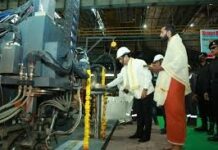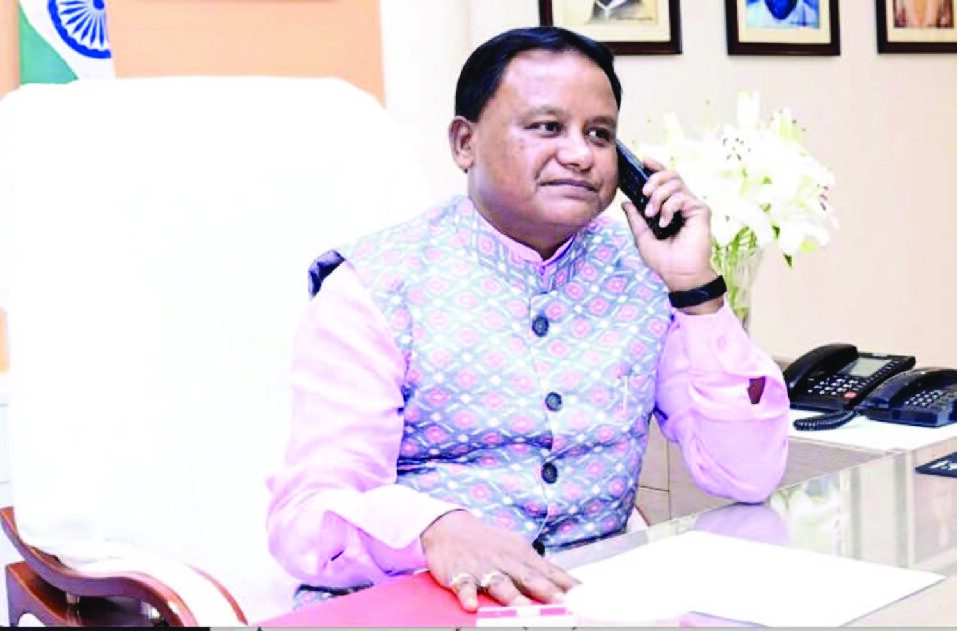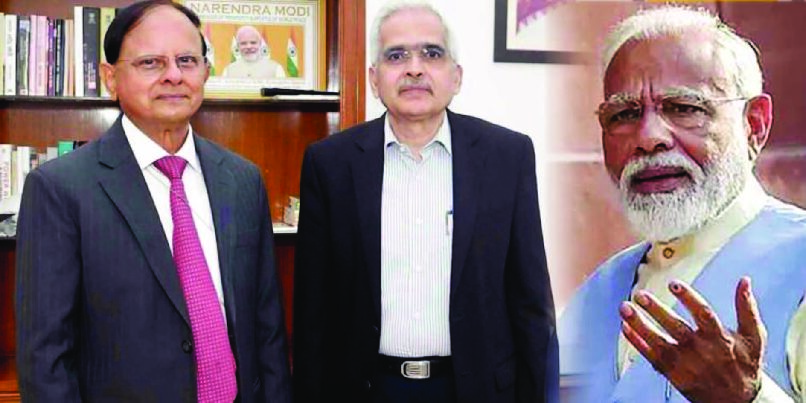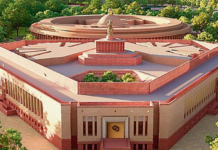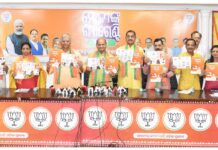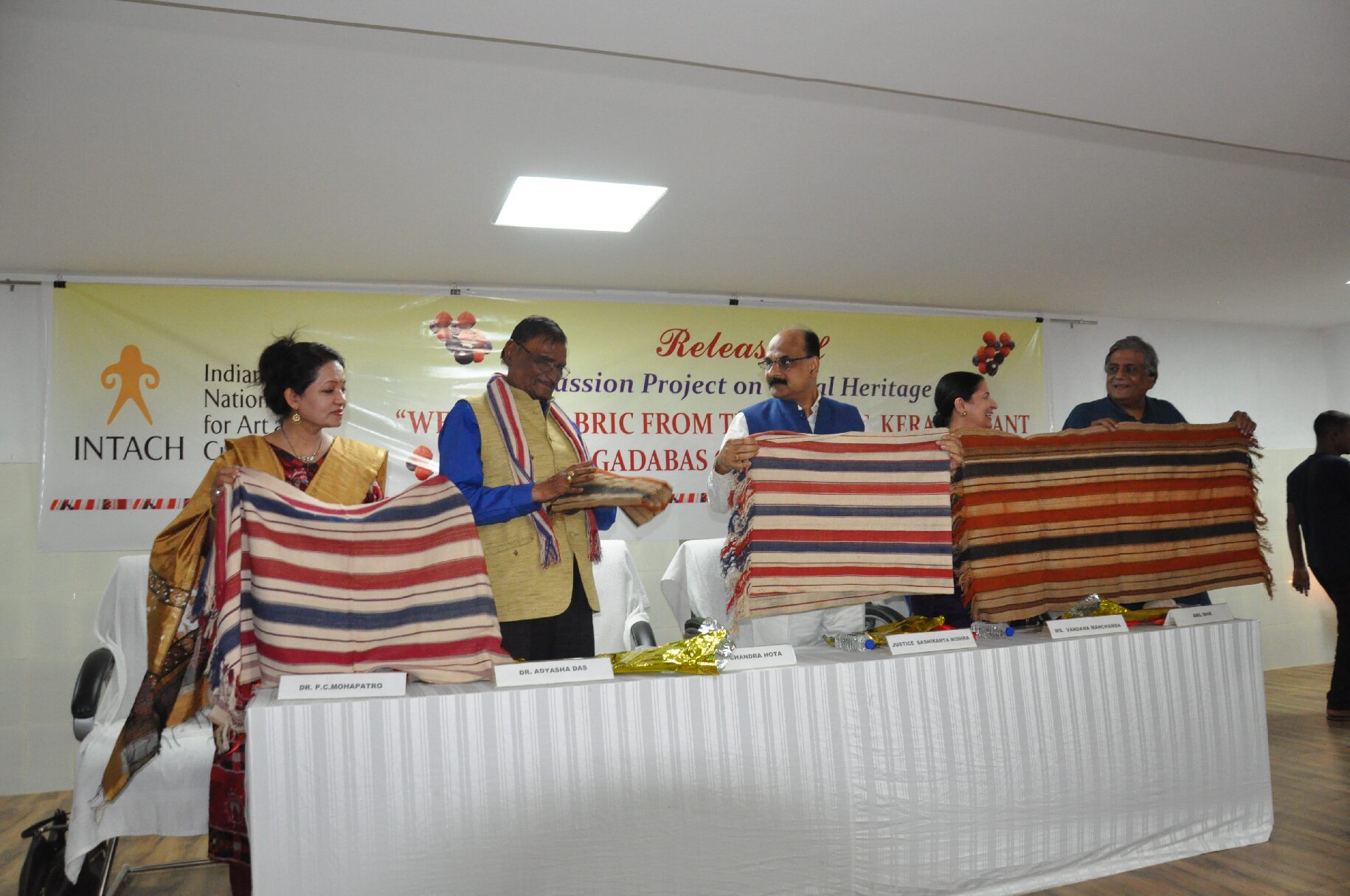Air Pollution is known to be one of the aggravating factors for many respiratory ailments and cardiovascular diseases. Several epidemiological studies have shown an association between particulate air pollution and exacerbations of illness in people with respiratory disease among older people.
ICMR in collaboration with Public Health foundation of India (PHFI) & Institute of Health Matrix and Evaluation (IHME) had conducted a study titled “The impact of air pollution on deaths, disease burden and life expectancy across the states of India” [available at : http://dx.doi.org/10.1016/S2542-5196(18)30261-4].
ICMR has also conducted a Delhi based multisite study to document acute effect of increase in air pollution on respiratory morbidity by analyzing patients attending Emergency Rooms in 5 sites across Delhi. A total 33,213 patients were enrolled and analyzed. Analysis suggests that increase in pollution level was associated with increase in number of patients in emergency rooms. Effect was more pronounced in children.
Government of India has taken several steps to address air pollutions issues. These include:
- Pradhan Mantri Ujjwala Yojana (PMUY) aims to safeguard the health of women & children by providing them with a clean cooking fuel – LPG.
- Swachh Bharat Mission to clean up streets, roads and infrastructure of India’s cities, smaller towns, and rural areas. SwachhHawa is an integral component of Swachh Bharat.
- Under Central Sector Scheme on ‘Promotion of Agricultural Mechanization for in-situ management of Crop Residue in the States of Punjab, Haryana, Uttar Pradesh and NCT of Delhi’, agricultural machines and equipment for in-situ crop residue management are promoted with 50% subsidy to the individual farmers and 80% subsidy for establishment of Custom Hiring Centres.
- Sustainable Alternative towards Affordable Transportation (SATAT) has been launched as an initiative to set up Compressed Bio-Gas (CBG) production plants and make CBG available in the market for use in automotive fuels.
- MoHFW has launched National Program on Climate Change and Human Health (NPCCHH) at National Centre for disease Control (NCDC), with objective to create awareness, capacity building, health sector preparedness and response and partnerships related activities on the climate sensitive health issues in the country since 2019. Now the Programme has expanded in all the State/UTs and activities are conducted in the form of training on Climate Sensitive Diseases, Surveillance on Acute Respiratory Illnesses and Heat related Illnesses, generation & dissemination of IEC on Air Pollution & Heat and its impacts on health.
- A City Specific Clean Air Action Plan has been prepared and rolled out for implementation in 131 non-attainment and million plus cities by Ministry of Environment, Forest and Climate Change (MoEF&CC), with a focus on city specific short/ medium/ long term actions to control air pollution from sources such as vehicular emission, road dust, burning of biomass/ crop/ garbage/ Municipal Solid Waste, landfills, construction activities, industrial emission, etc. Chennai city specific action plan targets the sources like Vehicles, Road dust, Construction and Demolition (C&D) activities, Biomass and garbage burning and Industries. The plan also focuses on Strengthening of Ambient Air Quality Monitoring stations and Public Awareness among the citizens.
Government of India provides financial assistance to all states under National Health Mission for strengthening public health care systems including setting up new hospitals and infrastructure upgradation under various schemes. In addition, Govt of India has also launched PMABHIM with an aim to strengthen healthcare infrastructure across the country which focuses on the primary, secondary and tertiary care services. State /UTs wise funds released under NHM is annexed in financial year 2021-2022.
The Union Minister of State for Health and Family Welfare, Dr. Bharati Pravin Pawar stated this in a written reply in the Lok Sabha today.
| Annexure | ||
| State/UT wise Central Release under National Health Mission (NHM) during FY 2021-22 | ||
| Rs in Cr. | ||
| Sl. No. | State/UT | NHM |
| 1 | Andaman & Nicobar Islands | 43.68 |
| 2 | Andhra Pradesh | 1199.37 |
| 3 | Arunachal Pradesh | 188.53 |
| 4 | Assam | 1955.93 |
| 5 | Bihar | 1748.76 |
| 6 | Chandigarh | 17.47 |
| 7 | Chhattisgarh | 969.61 |
| 8 | Dadra & Nagar Haveli
Daman & Diu |
38.59 |
| 9 | Delhi | 127.37 |
| 10 | Goa | 26.01 |
| 11 | Gujarat | 1094.48 |
| 12 | Haryana | 577.07 |
| 13 | Himachal Pradesh | 555.09 |
| 14 | Jammu & Kashmir | 459.1 |
| 15 | Jharkhand | 640.18 |
| 16 | Karnataka | 1274.71 |
| 17 | Kerala | 771.47 |
| 18 | Lakshadweep | 8.41 |
| 19 | Madhya Pradesh | 2295.66 |
| 20 | Maharashtra | 1769.67 |
| 21 | Manipur | 95.59 |
| 22 | Meghalaya | 282.46 |
| 23 | Mizoram | 93.82 |
| 24 | Nagaland | 126.66 |
| 25 | Odisha | 1263.07 |
| 26 | Puducherry | 21.33 |
| 27 | Punjab | 349.21 |
| 28 | Rajasthan | 1924.95 |
| 29 | Sikkim | 51.86 |
| 30 | Tamil Nadu | 1631.91 |
| 31 | Tripura | 217.95 |
| 32 | Uttar Pradesh | 3235.46 |
| 33 | Uttarakhand | 553.47 |
| 34 | West Bengal | 1654.26 |
| 35 | Telangana | 725.67 |
| 36 | Ladakh | 44.79 |







